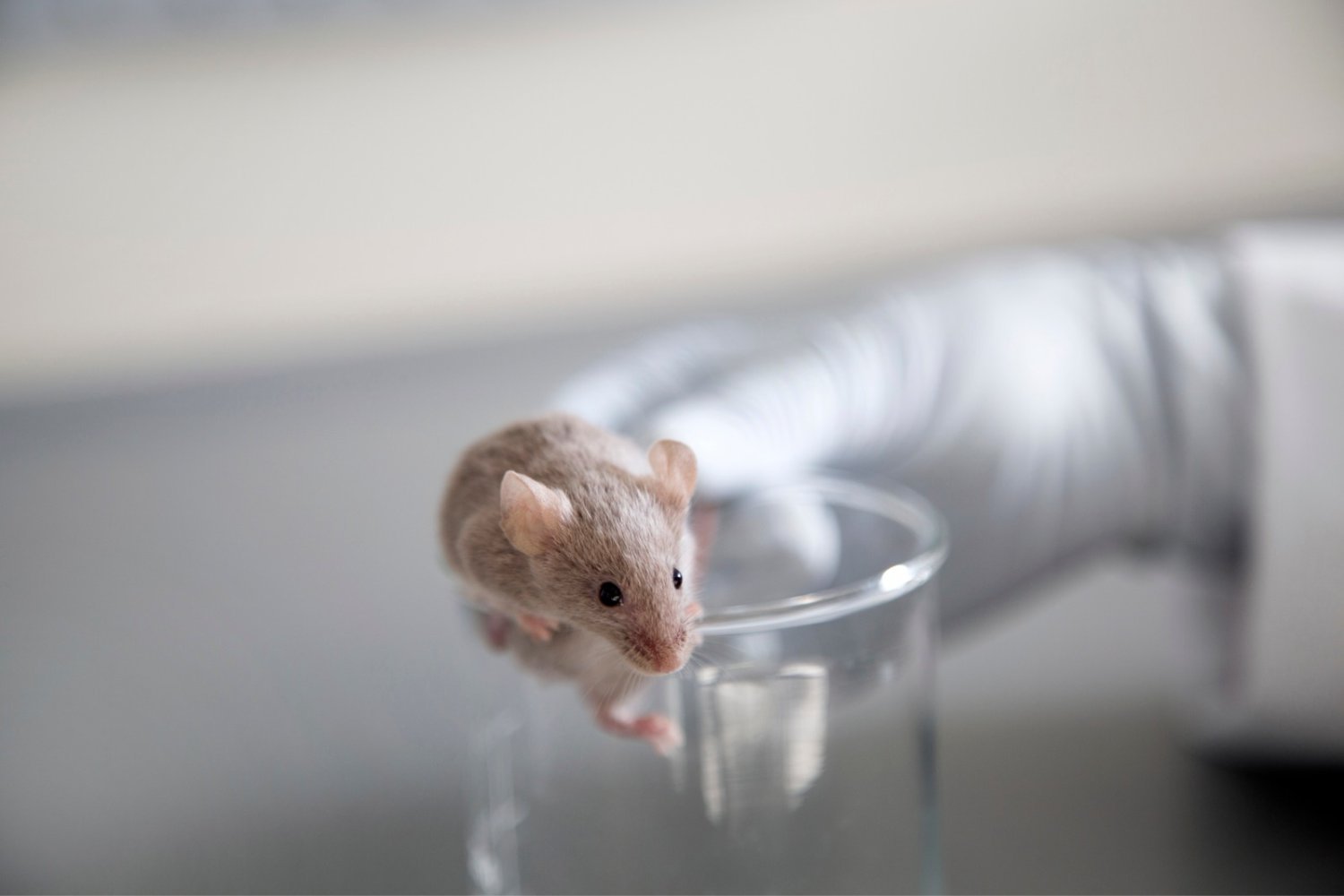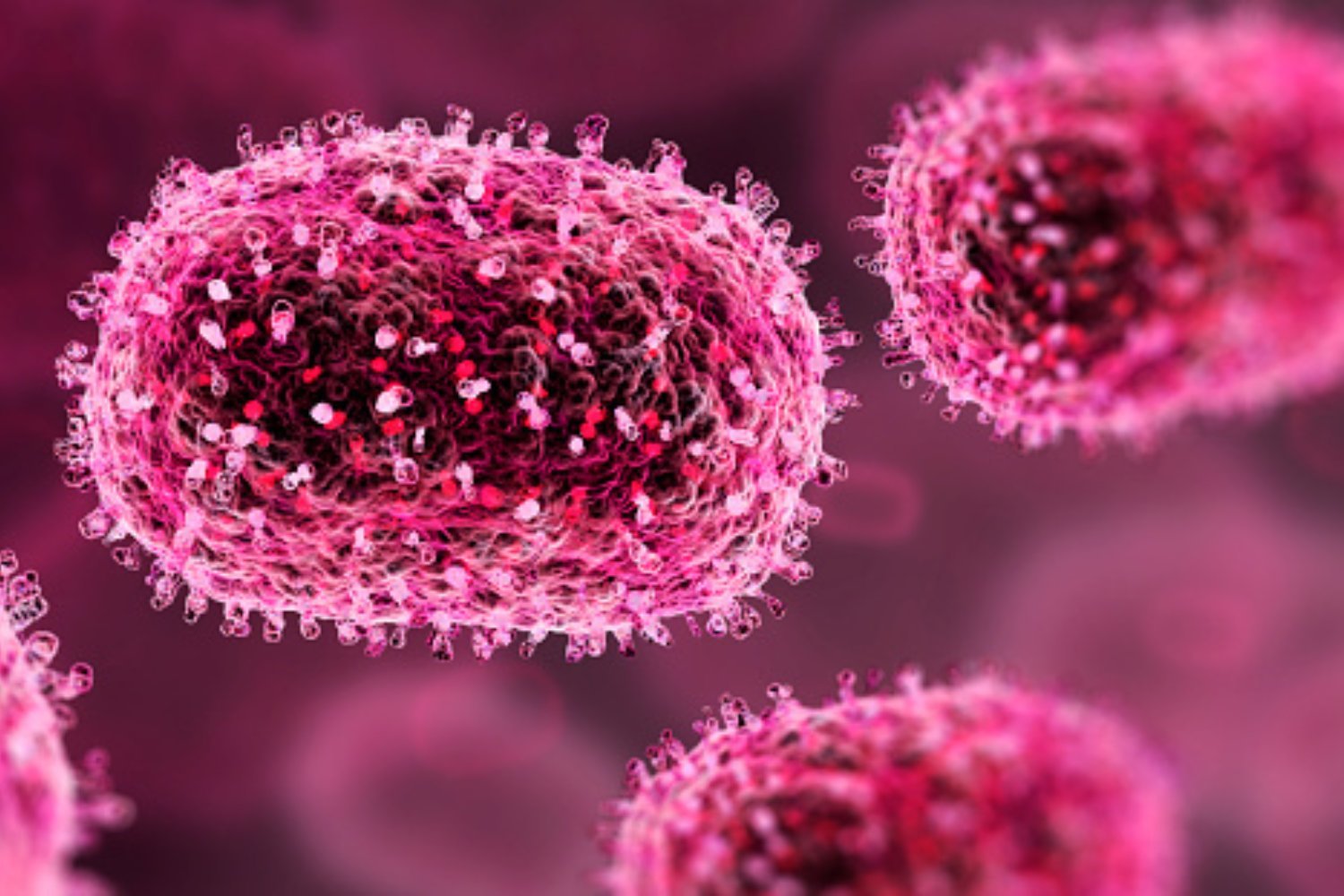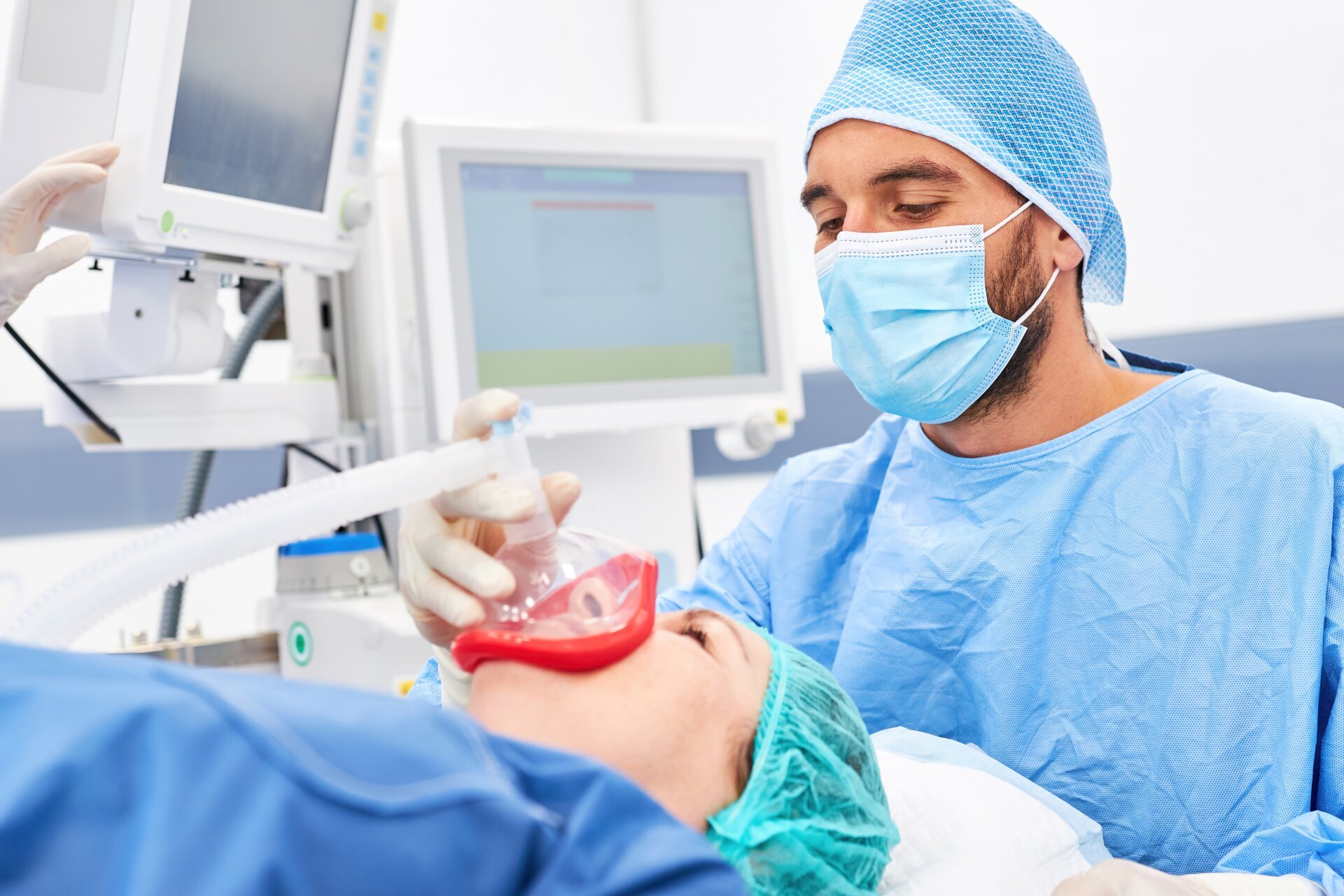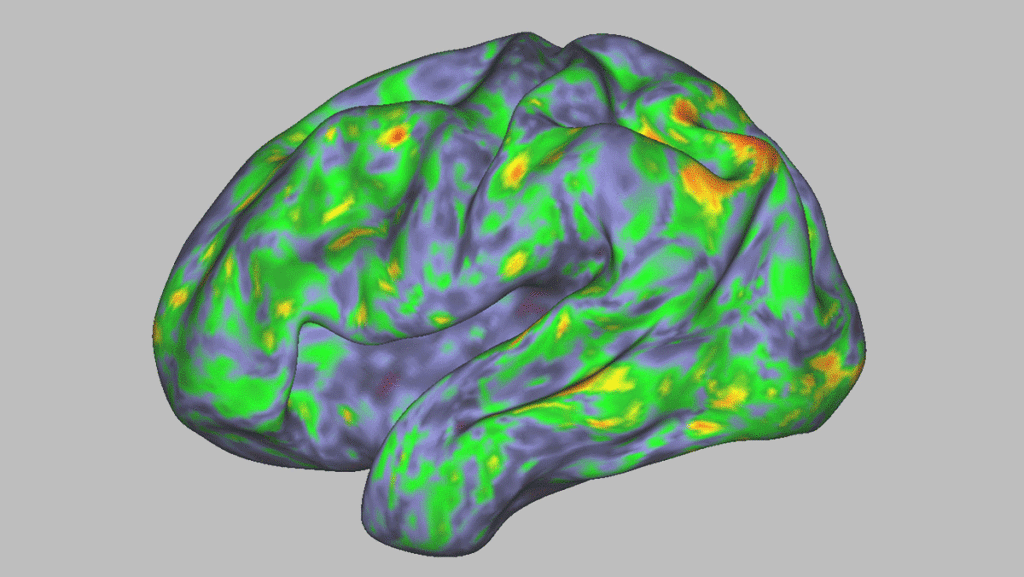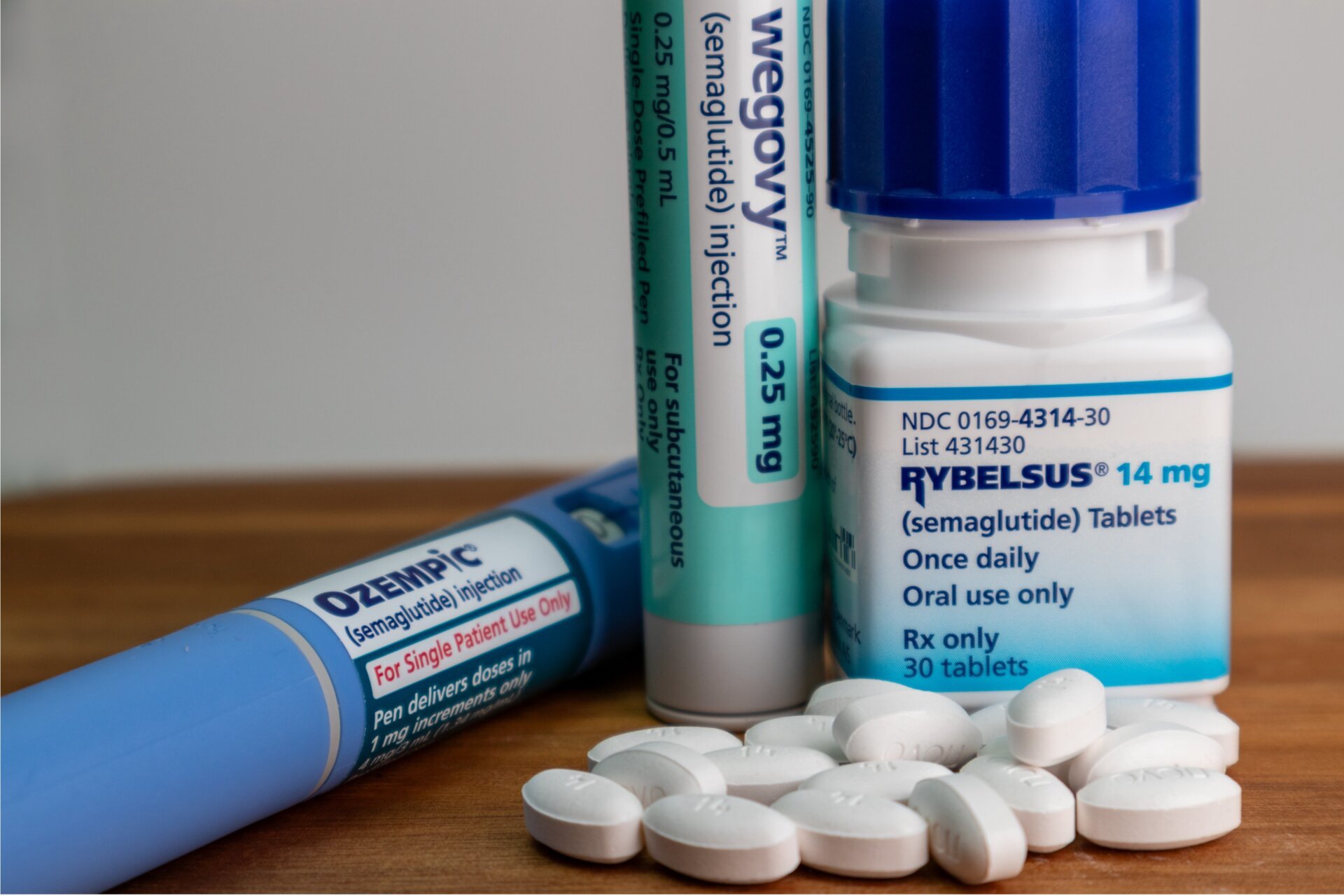Anorexia nervosa, a serious eating disorder, is notoriously difficult to treat. Characterized by drastically reduced food intake, it can lead to severe health complications like malnutrition, heart problems, and dangerously low body weight. Current treatments, like cognitive-behavioral therapy, have limited success, and there are no FDA-approved medications. However, a recent study offers a glimmer of hope. Researchers have found that increasing levels of a specific peptide, crucial for stimulating hunger, reversed anorexia symptoms in mice.
ACBP: A Potential Key to Treating Anorexia
The study, published in Science Advances, focused on acyl-coenzyme A binding protein (ACBP). Previous research has shown that individuals with anorexia often have lower levels of circulating ACBP. This protein plays a vital role in appetite regulation by influencing neurons in the brain. The research team, composed of scientists from France and China, observed this same pattern in hospitalized anorexia patients, with lower ACBP levels correlating to a higher risk of relapse. This connection prompted them to investigate ACBP’s potential as a therapeutic target.
Innovative Delivery System in Mice
ACBP is produced by various cells, but its release mechanism is unusual. Unlike most proteins, it’s released when cells are broken down. To overcome this challenge, the researchers developed a novel chemical-genetic delivery system. This system enabled the controlled release of ACBP from the livers of mice when supplemented with biotin (vitamin B7).
Promising Results in Mouse Models
The researchers induced anorexia-like symptoms in mice through two methods: chronic stress and chemotherapy drugs. After inducing these symptoms, they increased ACBP levels using the biotin-based delivery system. Remarkably, the increased ACBP reversed the anorexia symptoms in both groups of mice. The added ACBP also seemed to reverse the activity of melanocortin 4 receptors in the hypothalamus, a brain region known to influence appetite suppression. Similar results were observed when ACBP was administered intravenously or via a subcutaneous pump.
From Mice to Humans: A Long Road Ahead
The study’s findings suggest ACBP could be a promising avenue for developing new anorexia treatments. However, the researchers caution that more research is crucial. The precise mechanisms by which ACBP affects appetite in humans remain to be fully understood. Furthermore, human anorexia is a complex disorder often influenced by psychological and social factors (including social media), which are difficult to replicate in mouse models.
Challenges and Future Directions
Developing a stable and effective form of ACBP for human use will likely take time. The researchers emphasize that further research and development are essential before ACBP-based medications can become a reality. Nevertheless, given the current lack of effective treatment options for anorexia, this research offers a significant step forward.
Conclusion
The discovery of ACBP’s potential in reversing anorexia symptoms in mice is a significant breakthrough. While further research is needed to translate these findings into effective human treatments, this study opens exciting new possibilities for addressing this challenging eating disorder. The development of an ACBP-based therapy could revolutionize anorexia treatment and offer much-needed hope for individuals and families affected by this devastating illness.



